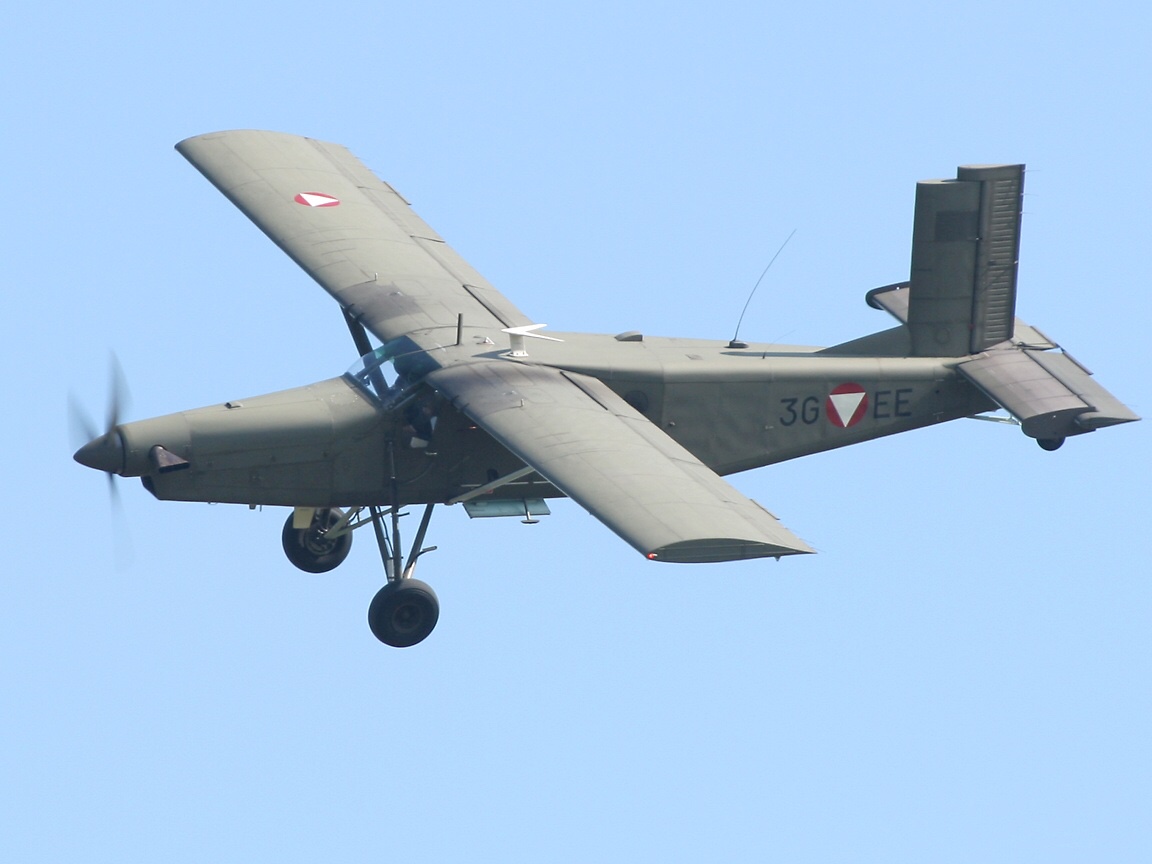Distilling 350+ posts in this thread, I can now present [cue fanfare] ...
The World's Most Perfect Airplane!!!
View attachment 55983
(No, not Photoshopped. My dad took this photo at Grants Pass, Oregon, about fifteen years ago.)
Sadly, the airplane and its owner were lost in a
low-level maneuvering accident in 2006. But I found an old archived "for sale" ad online, with some background and more photos:
WHY BUILD A LANCAIR, GLASAIR, RV? Here are 4-seats, high-performance experimental, already completeted, testflown and flying IFR, for a fraction of the cost!!!!
Unique 4-PLACE EXPERIMENTAL- IFR Amateur-built (1967 Mooney Super-21E fuselage, Beechcraft Musketeer Vertical fin & rudder, Mooney-Aerostar-based wing, Cessna 337 "Skymaster" rear-engine, Beech tip-tanks). Flown over 1200 hours since first licensed in 1983 by the seller. Cruises 180 mph at 10-11 gph, with 94 gallons fuel.
View attachment 55984
View attachment 55985
View attachment 55986






 but you need to post video!
but you need to post video!



